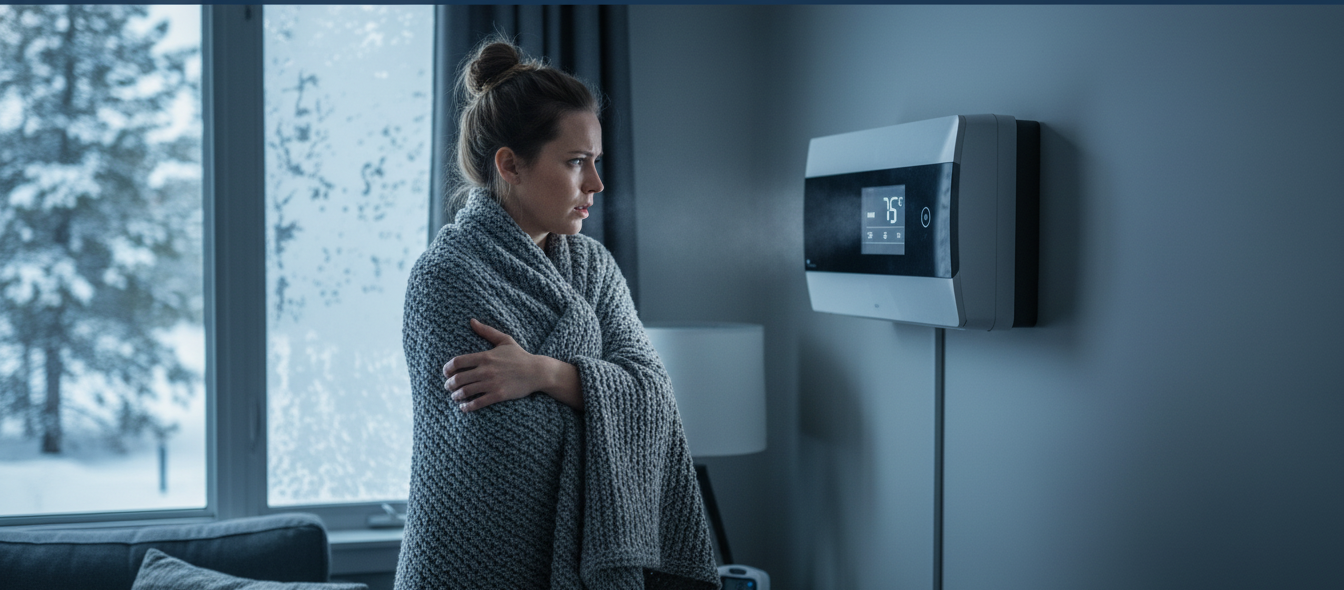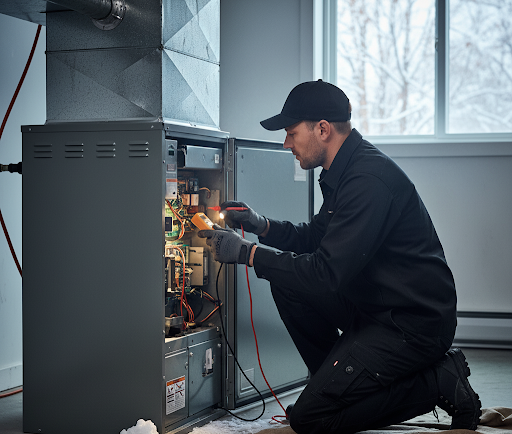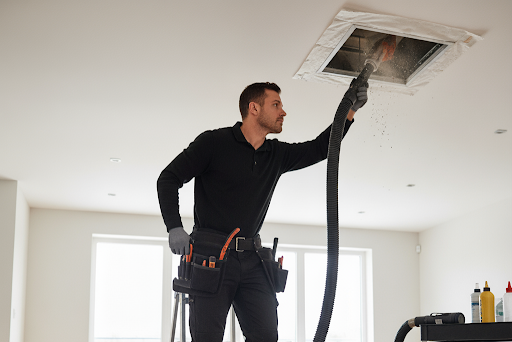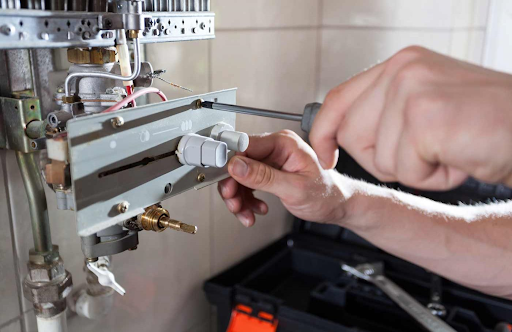What Happens During an HVAC Tune-Up?
Scheduling an HVAC tune-up every six months is essential. In addition to maintaining the warranty on your equipment, the service extends its lifetime. It also ensures you can continue using your systems safely and efficiently. Here's a look at the tune-up processes.
The Basic Services of Every HVAC Tune-Up
Since your heating and cooling systems use some of the same equipment, it makes sense that certain services will seem repetitive. That's not redundancy without a reason. Since those components undergo year-round use, they suffer the most wear and tear. Your semi-annual HVAC tune-up addresses that heavy use.
One example is the blower motor assembly. This consists of the blower motor, belt, and fan. Together, this group of parts pushes treated air to your living spaces. The tune-up provided by your HVAC company involves lubricating the motor, checking the belt for tightness, and ensuring the fan belt is secured.
Other shared systems include your ductwork and some electrical connections. Depending on your local environment and how often you use your HVAC system, you might need more frequent ductwork service.
The electrical wiring that connects your system to your thermostat is likely to degrade faster. The heavier use leads to hotter wires and a higher chance of a short developing. The HVAC technician checks for this possibility during every tune-up.
What Happens During a Spring AC Tune-Up?
Your spring HVAC tune-up focuses on your cooling system and AC coil cleaning. The technician will clean the evaporator coils inside the indoor air handler. They will also clean the condenser coils in the outdoor compressor. Cleaning both sets of coils is essential since debris can collect on the coils and disrupt the cooling process.
The technician will also look for leaks. They will check for refrigerant leaks and repair the damaged line. Operating your system with leaking refrigerant interrupts efficient cooling and damages the coils. The technician will fix the leak and top off your refrigerant.
They will also check the drain pan and the condensate drain line. The service includes cleaning sludge and gunk from the drain line. They will check for cracks and other damage that could cause water leaks in your home.
How Is a Fall Tune-Up Different?
While spring HVAC maintenance is important, fall furnace HVAC service is something you should never overlook. Regular furnace service affects your indoor air quality and your ability to heat your home safely.
For example, the technician will inspect the heat exchanger for damage. A cracked heat exchanger will release carbon monoxide into your living spaces. This unseen hazard can cause severe health problems for everyone in the house.
Another important facet of furnace maintenance involves cleaning the fuel ports. The technician will clean sediment buildup from the ports to ensure good fuel flow. In addition to promoting efficient heating, cleaning the ports reduces the chances of a natural gas leak.
They will clean the furnace's burners, check fuel line connections, and service many more parts of the furnace. This leads to a cleaner start-up when you use your heating system for the first time in the fall.
Don't Delay Your Next HVAC Tune-Up
When you partner with Premier Systems, we'll meet all of your HVAC needs. We provide comprehensive maintenance services for both heating and cooling. We also provide durable and lasting repair services. Contact us to schedule service right away!












